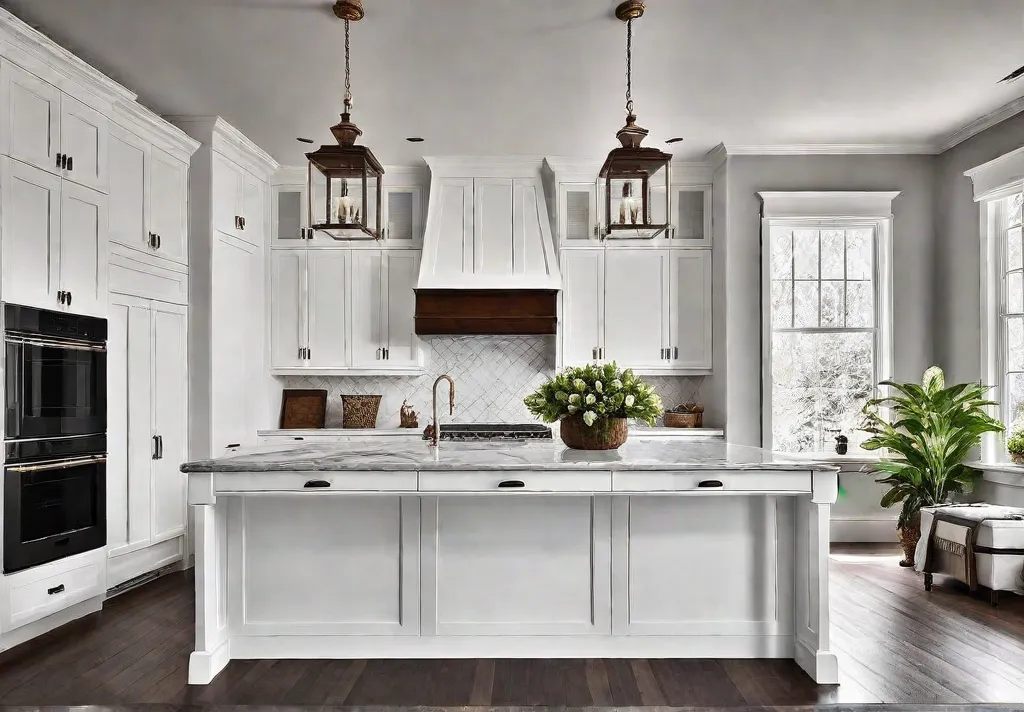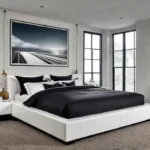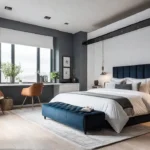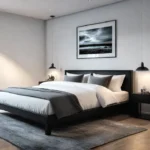Traditional kitchen cabinets have been a timeless staple in home design for centuries. Whether you’re drawn to the classic elegance of Victorian-style cabinetry or the rustic charm of Farmhouse-inspired pieces, choosing the right traditional kitchen cabinets can transform your space. But with so many options out there, the selection process can feel a bit overwhelming.
That’s why we’ve tapped into the expertise of leading designers and industry professionals to bring you eight foolproof tips for selecting the perfect traditional kitchen cabinets. As a trendy, fashion-forward minimalist from New York City, I know about balancing classic style with modern sensibilities. So, get ready to ditch the stark, pretentious minimalism and embrace traditional kitchen design’s warm, inviting charm.
Understand Your Kitchen’s Style and Layout
Before you even start browsing cabinets, looking at your existing kitchen is crucial. Assess the architectural features, color palette, and overall aesthetic to determine your space’s best traditional cabinet style. Do you have a cozy Farmhouse vibe, or are you leaning more toward the elegant sophistication of a Victorian-inspired kitchen?
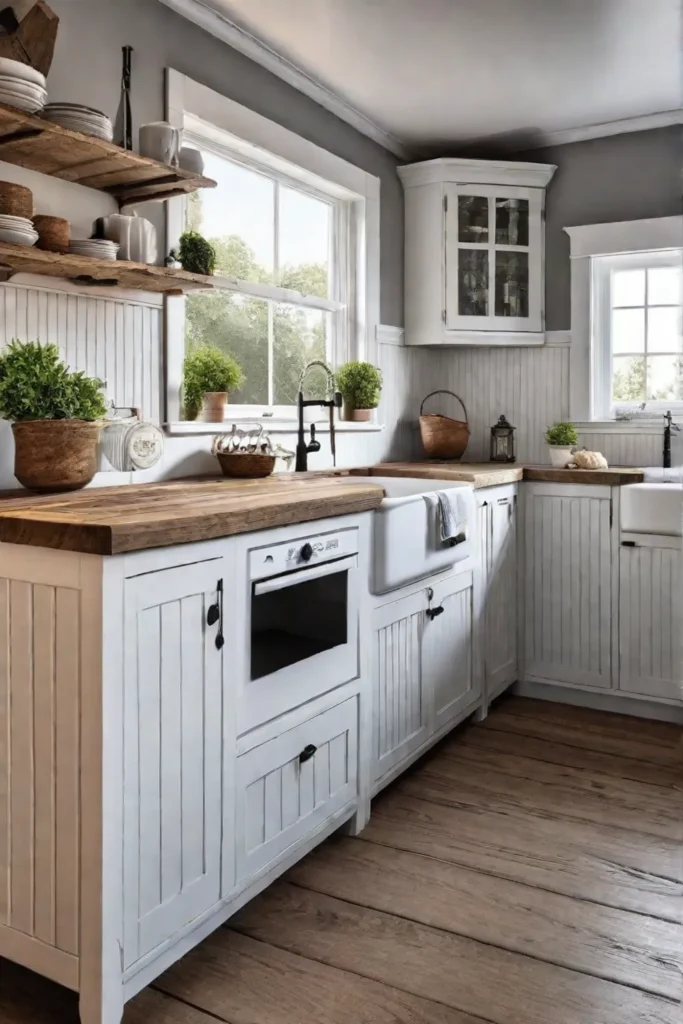
Once you’ve identified the existing style, consider the layout and workflow of your kitchen. Measure the space accurately and think about how you use it. Do you need extra-deep drawers for pots and pans or open shelving to display your vintage dishware collection? Knowing the ins and outs of your kitchen will guide you toward the right cabinet configuration.
Choose the Right Cabinet Material and Finish
The material and finish you select for traditional kitchen cabinets can make all the difference. Solid wood is a classic choice, offering timeless warmth and character. But don’t count out engineered wood or laminate options—they can provide a similar look at a more budget-friendly price point.
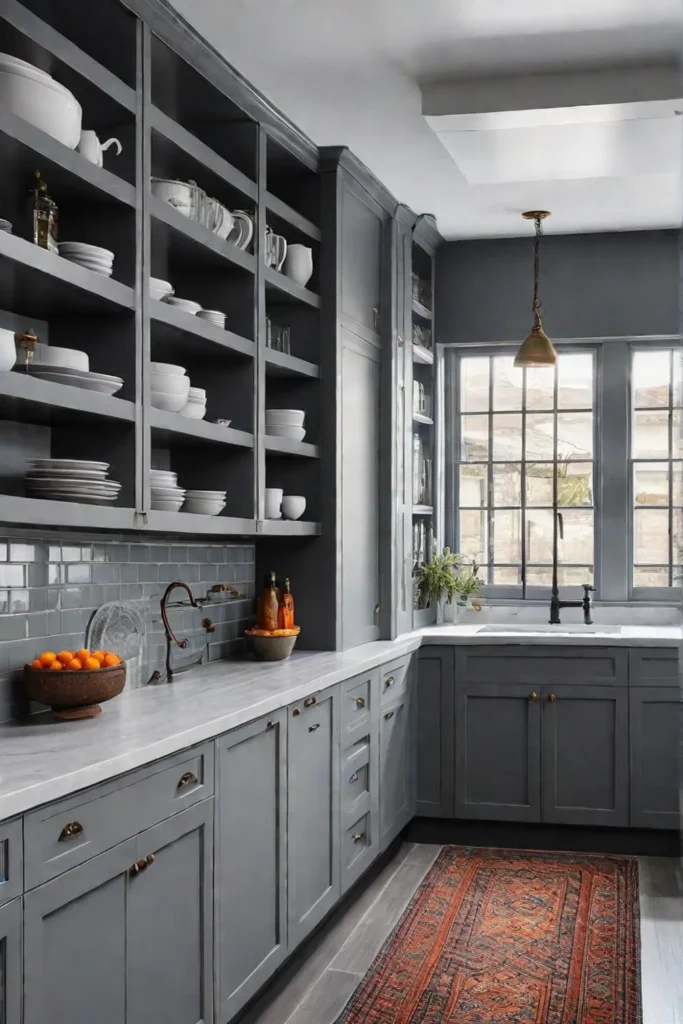
And the finish? Oh, the possibilities are endless! Embrace natural wood tones for a rustic, lived-in feel, or opt for a painted or distressed look to add a touch of vintage charm. Just be sure to balance functionality, durability, and aesthetic preferences for a cohesive, high-quality result.
Prioritize Storage and Organization
Traditional kitchens were known for their built-in storage solutions, like handy pantry cabinets and spice racks. Carry on that legacy by incorporating smart organizational features into your cabinetry design. Think pull-out shelves, lazy Susans, and specialized inserts to make pull-out space clutter-free and efficient.

Don’t forget to assess your storage needs based on your kitchen size, cooking habits, and existing clutter. Maximizing every inch of cabinet space allows you to maintain that classic, uncluttered look while ensuring your kitchen works hard for you.
Consider Accessibility and Ergonomics
Designing a traditional kitchen is not just about aesthetics – comfort and functionality are just as important. Incorporate features like adjustable shelves, pullout drawers, and easy-access storage solutions to accomplish the needs of various users, whether they’re tall, short, or have mobility challenges.
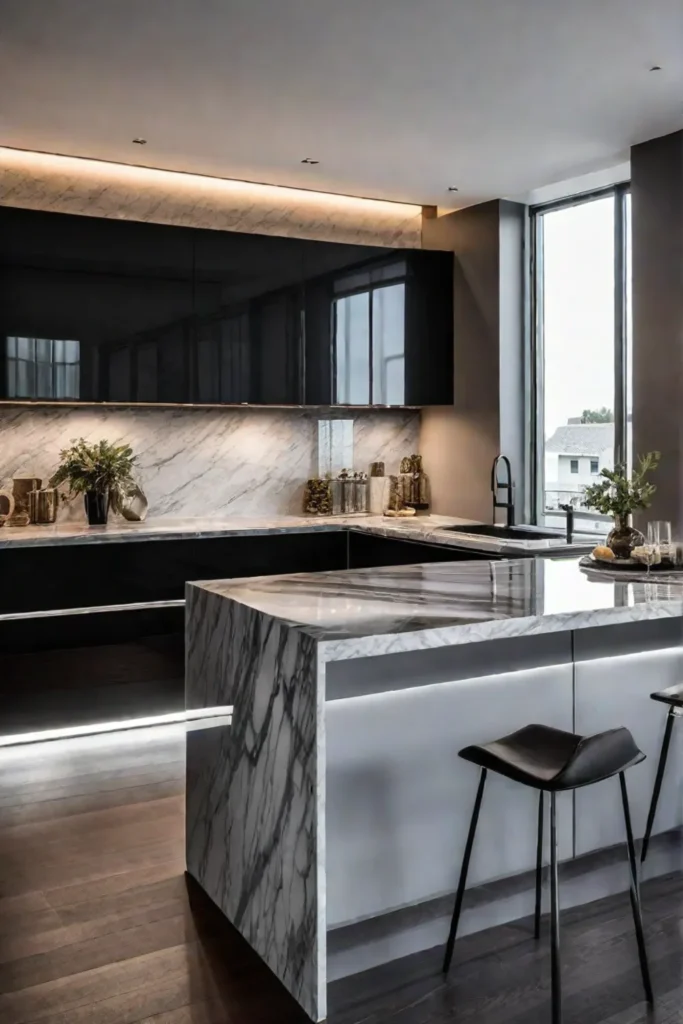
And don’t forget about ergonomics! Optimize your kitchen layout and cabinet configuration to reduce strain and improve efficiency. Lower countertops, task lighting, and carefully placed storage can make all the difference in creating a user-friendly traditional kitchen.
Integrate Decorative Elements
Traditional kitchen cabinets are the perfect canvas for showcasing your design flair. Elevate the look with decorative hardware, like ornate hinges and pulls, or consider glass-front doors and carved details to add a touch of elegance. Don’t be afraid to mix and match styles, either – pairing classic Shaker cabinets with more modern geometric hardware can create a beautifully balanced, eclectic look.
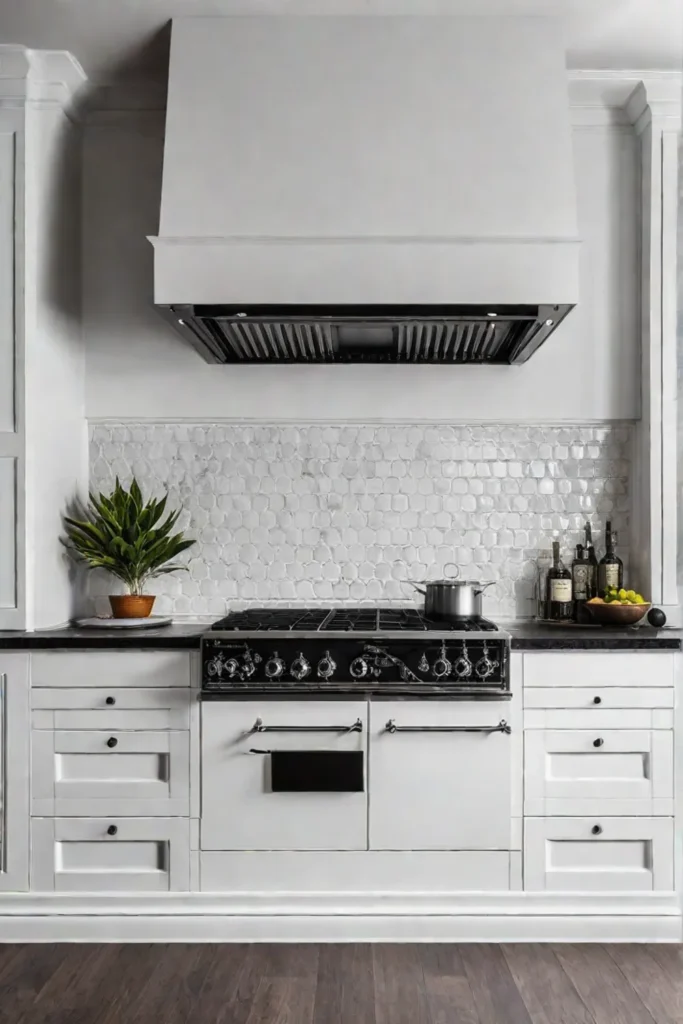
Just remember to strike the right balance. You want your traditional kitchen to feel warm and inviting, not stuffy or overwhelming. Carefully select decorative features that complement the overall aesthetic without dominating the space.
Coordinate with Surrounding Decor
Your traditional kitchen cabinets shouldn’t exist in a vacuum. Make sure they coordinate seamlessly with the rest of your kitchen’s decor and architectural elements for a cohesive, visually stunning design. Pay close attention to the color palette, flooring, countertops, and lighting fixtures to ensure a harmonious look.
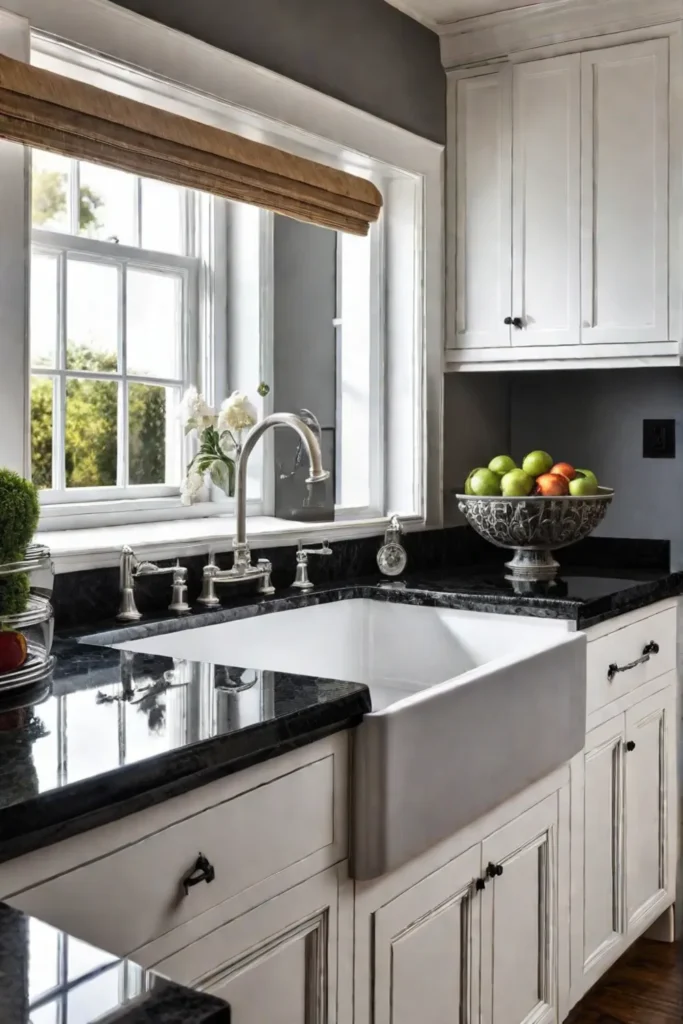
If you’re unsure how to achieve this balance, consider consulting a professional designer. They can provide expert guidance on selecting complementary materials, finishes, and design features to tie the entire space together.
Consider Timeless Design Principles
When choosing traditional kitchen cabinets, it is important to keep timeless design principles in mind. Look for features that exemplify symmetry, balance, and proportion, as these elements have stood the test of time. Solid wood construction and high-quality craftsmanship are also key to ensuring your cabinets remain beautiful and functional for years to come.
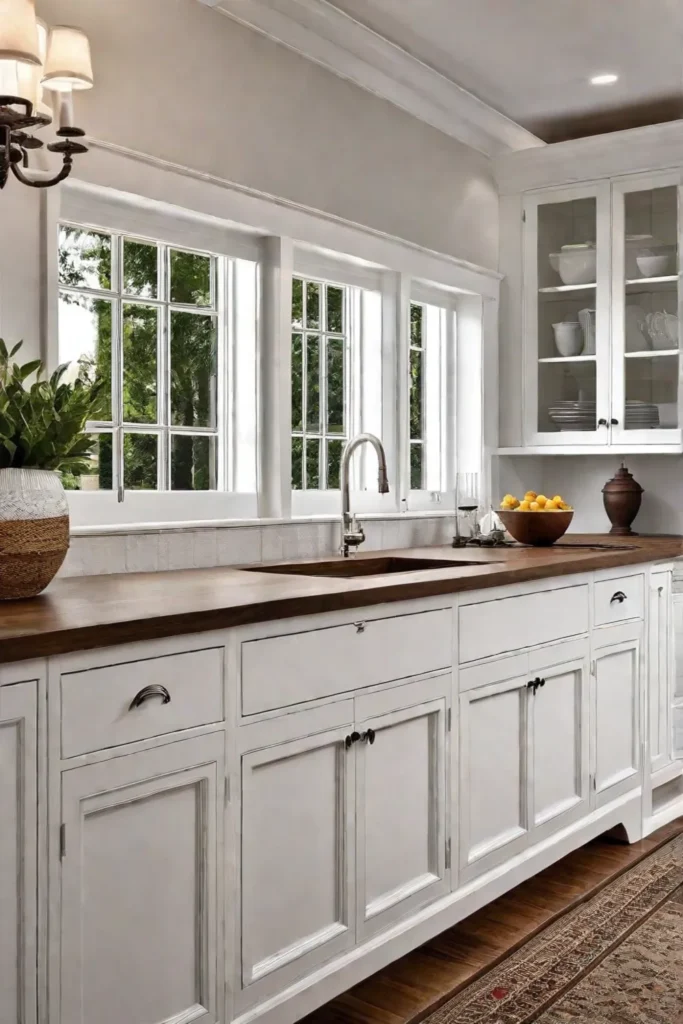
Shaker-style cabinets and inset doors are classic examples of traditional kitchen design that ooze timeless elegance. By incorporating these timeless principles, you can create a classic and contemporary kitchen.
Work with a Professional Designer
While tackling the traditional kitchen cabinet selection process on your own is possible, working with a professional designer can take the guesswork out of the equation. Designers specializing in this style bring expertise and guidance, helping you navigate the options and avoid common pitfalls.
From coordinating the cabinets with the rest of your kitchen’s decor to ensuring a seamless installation, a designer’s touch can make all the difference in achieving your dream traditional kitchen. So, don’t be afraid to invest in their services – the result will be well worth it.

Ready to transform your kitchen with the perfect traditional cabinets? Follow these eight expert tips to create a beautiful and functional space. With a little planning and the right design choices, you can say goodbye to stark minimalism and hello to the warm, inviting charm of a timeless traditional kitchen.
